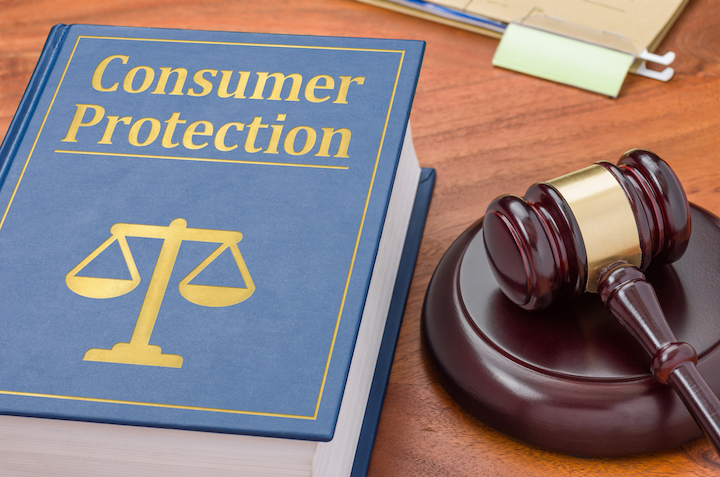In its 2016 annual report, the Consumer Finance Protection Bureau (CFPB) revealed that 24 percent of all the debt collection complaints it received that year involved criminal activities by debt collectors. Almost one-fifth (18 percent) of the complaints included making false statements to the debtor, and taking or threatening illegal action against them in relation to their debt. Another six percent involved debt collectors harassing debtors or inappropriately sharing personal borrower information.
The CFPB is the enforcement agency of the 40-year-old Fair Debt Collection Practices Act (FDCPA) and is authorized to monitor the activities of the country’s $11.4 billion dollar debt collection industry. CFPB statistics indicate that, by September 2016, consumer debt rose to $3.71 trillion, up six percent from the previous year (although consumer spending climbed only 2.4 percent over the same period). According to CFPB surveys, in that one year, agents from one or more of the country’s 8,500 debt collection agencies approached approximately one-third of all U.S. debtors — 70 million people — about past due accounts.
Debt by Classification
Non-housing consumer debt has been rising steadily since 2013 and is approaching its all-time high, which peaked in 2008. In 2016 alone, student loan debt also increased substantially, up $78 billion (or 6.3 percent) over the previous year. Accumulated credit card debt climbed an additional $46 billion, an increase of 6.3 percent during the same time frame last year.
The auto loan industry is signalling potential future challenges. Auto debt rose by $93 billion, up 8.7 percent over 2015, its highest level ever. Subprime borrowers received auto loans at the highest level seen in almost ten years. The CFPB cites a Standard & Poor Global survey that suggests even a modest economic downturn would cause greater losses in this sector that those that were caused by the 2009 financial crisis.
Debt by Industries
By far, the heaviest burden in America’s debt load is in the financial services sector, which includes credit cards, auto loans, and mortgages. The sector generates more than one-third (35 percent) of all industry revenues. Telecommunications debt (for services such as phone or cable TV) is the second revenue generator, accounting for 22 percent of the annual total. Medical debt collections comprised 11 percent of the sector’s 2016 recovery.
Other factors that emerged as contributors of debt collection concerns include:
- Miscoding by creditors that failed to include bankruptcy discharges or payments in full
- Attempts to collect unlawful fees, or inappropriate attempts to collect lawful fees
- Inappropriate communications with third parties
There Is Good News, Too
Last year, the CFPB handled approximately 88,000 debt collection complaints, up 2,900 from 2015. Year-over-year comparisons show that potentially-criminal collection activities that make up a quarter of 2016 debts are actually down from the previous year, with a three-percent drop in false-statement complaints, an 11-percent drop in illegal communications tactics and 16 percent fewer instances of taking or threatening illegal action claims.
CFPB Responds to Complaints
Of those 88,000 concerns, the CFPB responded to more than 41,000 (47 percent) through contacts with the offending companies, and an additional 38 percent of the complaints were forwarded to other regulating agencies. Of the total number of complaints, five percent remain pending and ten percent were determined to be incomplete.
Of the 41,000 contacts made, the agency closed 70 percent with an explanation from the creditor or collector, many of which included future steps to be taken or follow-up actions planned.
In 2016, the CFPB efforts resulted in $39 million paid in restitution to consumers and another $20 million paid in civil penalties. The agency launched ten new actions against collection agencies and resolved three earlier cases.
The 2016 CFPB report shows the agency provides an important service to American consumers by protecting them from the predatory lending activities that drove the creation of the Fair Debt Collections Act.











